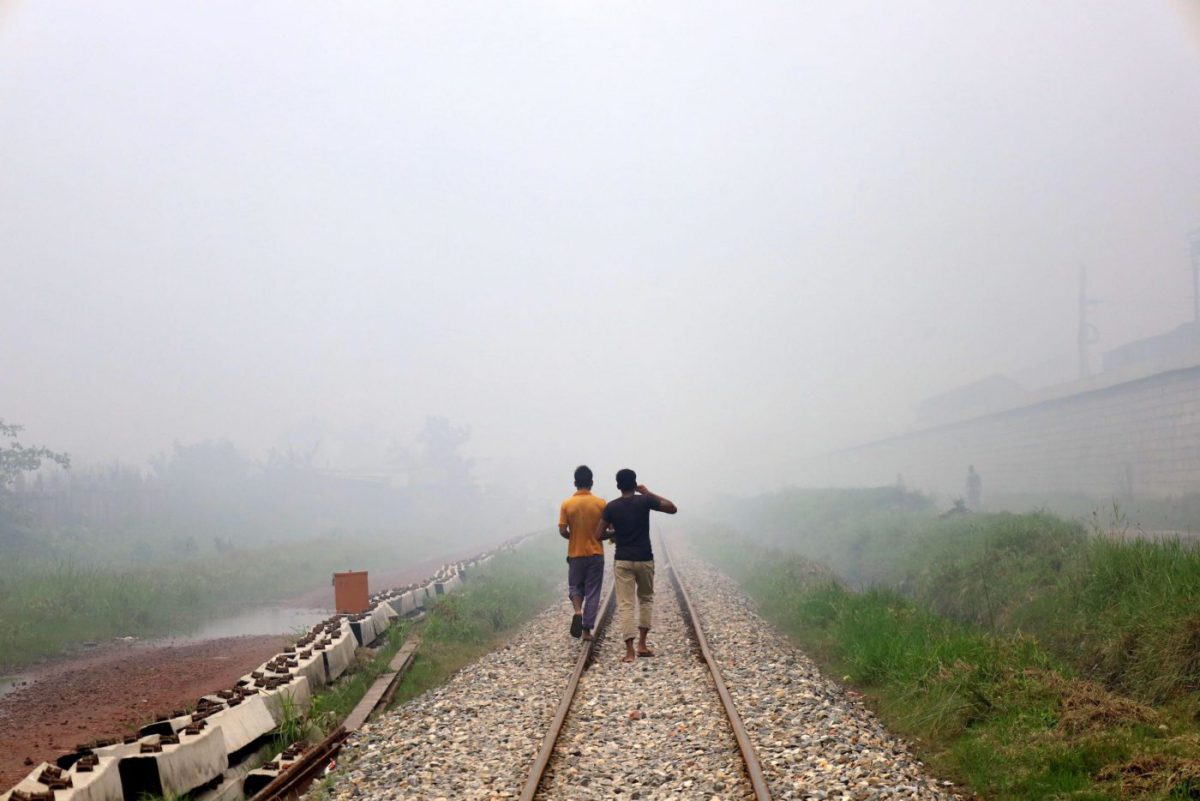The life expectancy of people in Bangladesh has decreased by nearly 5 years
Bangladesh, a South Asian country with the world’s highest population density (approximately 1,333.4 people/km² in 2023, according to danso.info), is grappling with severe air pollution. This crisis not only impacts the environment but also poses serious health risks to millions of citizens.
According to the World Health Organization (WHO), air pollution levels in Bangladesh are alarming. The entire population of 166.4 million people lives in conditions where air pollution exceeds international standards. Specifically, 96.8% of the population breathes air with PM2.5 levels surpassing 35 micrograms/m³.
Moreover, a recent report from the Air Quality Life Index reveals a grim reality: air pollution is cutting the average life expectancy of Bangladeshis by 4.8 years. In regions like Gazipur and Narsingdi, this figure rises to over 6 years. Even in the least polluted district of Sylhet, air quality exceeds WHO standards by 6.7 times.

Air pollution caused by steel factories in Shyampur area of Dhaka (Photo: Syed Mahabubul Kader / Alamy)
The consequences of air pollution extend beyond reduced life expectancy, leading to a host of severe health issues. Air pollution is one of the leading causes of respiratory, cardiovascular, and other chronic diseases, with children and the elderly being the most vulnerable.
To tackle and mitigate air pollution, coordinated and decisive actions are required from the government, communities, and international support. Only through collective efforts can Bangladesh improve air quality, protect public health, and work towards a sustainable future.
Information source: báo Phụ Nữ








